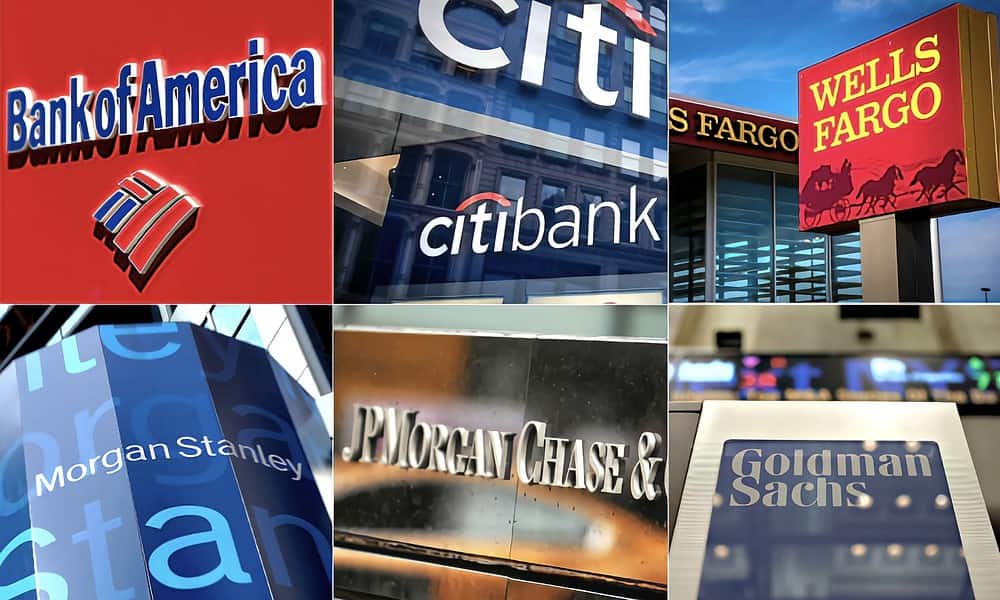The list of closed banks in the United States continues to grow in recent weeks. Another giant that decided to suspend its services in various locations in the country is JP Morgan.
This phenomenon continues to surprise millions of Americans who fear the arrival of a new economic crisis. However, the closure of these branches is not specifically due to this. The companies themselves said the decisions were made after analyzing their customers’ response. Let us remember that this month Bank of America and Wells Fargo also announced the end of their services in several locations in the United States.
Banks in the United States will continue to be closed
As specified, bank closures must be announced at least 90 days in advance of their implementation. Documents with justifications for the action are sent to federal regulators and they approve the order. Now, the most affected state will be Texas. There, not only will JP Morgan locations be closed, but Home Bank is also making similar decisions.
More than 1,100 banks in the United States were closed
According to a recent report by Crowdfund Insider, more than 1,100 bank branches across the country have already closed their doors so far. Customers increasingly prefer to use online banking. This is precisely one of the reasons for the closure of physical bank branches.
In the case of JPMorgan, it is the financial services arm associated with Chase Bank. This company will close branches in Friendswood and Houston, Texas. Meanwhile, Home Bank, a small bank based in Texas, will close two branches in Webster and Houston.
Santander
Banco Santander management clarified the current closures. “Like many industries, our customer preferences have changed and more and more customers are choosing to do business with us online.”
Meanwhile, Associated Bank revealed that “decisions to close branches and ATMs reflect the increasing use of digital applications.” The trend in banking is that everything now revolves around online operations, which is growing more and more. “A significant portion of bank closings occurred in middle-income, minority and majority communities.”





